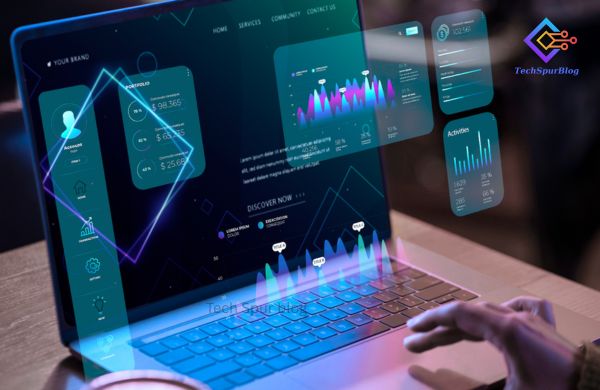What Is an AI Detector?
AI detectors are tools designed to analyze digital content—such as text, images, audio, or video—and assess whether it was generated or manipulated by artificial intelligence. They play a key role in upholding authenticity across academic settings, journalism, cybersecurity, and content moderation
How Do AI Detectors Work?
These systems rely on machine learning, natural language processing, and statistical analysis to spot subtle patterns associated with AI-generated content.
- Text-based detections look at metrics like perplexity (how predictable the writing is) and burstiness (variation between sentences). Human writing tends to be more varied, while AI-generated text often shows uniformity.
- Visual media detectors analyze pixel-level anomalies—such as unusual lighting, unnatural edges, or inconsistent lip-sync in videos.
- Deepfake/audio detectors look for artifacts in audio tone, background noise inconsistencies, or emotionless speech patterns.
- Watermark detection systems, like Google’s SynthID Detector, scan for embedded signals in AI-generated content—highlighting precisely watermarked segments
Also Read: Top AI Content Detector tools for Ensuring Authenticity and Originality
Benefits of AI Detectors
Academic Integrity: Helps educators flag potential AI-generated work, preserving originality in essays and assignments
Journalism & Fake News Control: Enables fact-checkers to validate content authenticity and combat misinformation or synthetic media
Cybersecurity: Detects AI-generated spam, phishing attempts, or manipulated media—crucial in protecting sensitive systems
Content Moderation: Supports platforms in filtering out bot-generated content, maintaining quality discussions and trustworthiness
Brand Protection & Compliance: Ensures that published materials—reviews, articles—are human-crafted, safeguarding brand image and meeting regulatory standards
Limitations & Challenges
Despite their utility, AI detectors are far from perfect:
False Positives & Bias
Highly polished human writing—especially by non‑native speakers—can be mislabeled as AI content. Detection tools often perform so poorly that they incorrectly flag credible authors, leading to reputational harm
False Negatives & Evasion
AI text altered through paraphrasing or using “humanizer” tools (e.g. AuthorMist) can bypass detection entirely
Fast‑Moving AI Landscape
Every time a new model emerges (e.g., GPT‑4, Gemini), detectors can fall out of sync. The field has become an arms race between generation and detection .
Limited Transparency & Explain ability
Many tools return binary “AI/non‑AI” decisions without revealing why they flagged the text—undermining trust and interpretability .
Balancing Trust: Human + AI
Experts argue that AI detectors should augment—not replace—human judgment. The best systems are hybrids that combine automated flags with expert review
New benchmarks like TRIED aim to improve fairness and contextual reliability, especially across cultures and languages
Also Read: Best AI Plagiarism Checker Tools: Safeguarding Academic Integrity
The Future of AI Detection
Watermarked Content: Tools like SynthID offer a more reliable route to content labeling, especially if watermarking becomes standard among AI creators
Multimodal Platforms: Expect real‑time detectors that analyze text, images, video, and audio in unison.
Global Consistency: Efforts will be made to reduce bias against non‑native languages and under‑represented regions
Responsible Transparency: Regulations and standards will push for detectors that explain their reasoning and are contestable.
Conclusion
AI detectors serve as vital tools in maintaining digital authenticity across sectors—but they are not foolproof. Their true value lies in working alongside informed human oversight within transparent ethical frameworks.
As both AI creators and detectors advance, we must stay vigilant—updating, auditing, and improving systems to keep pace with evolving technology. With careful design and responsible deployment, AI detectors can help sustain trust in the information landscape—without eroding it through overreliance or misapplication.













